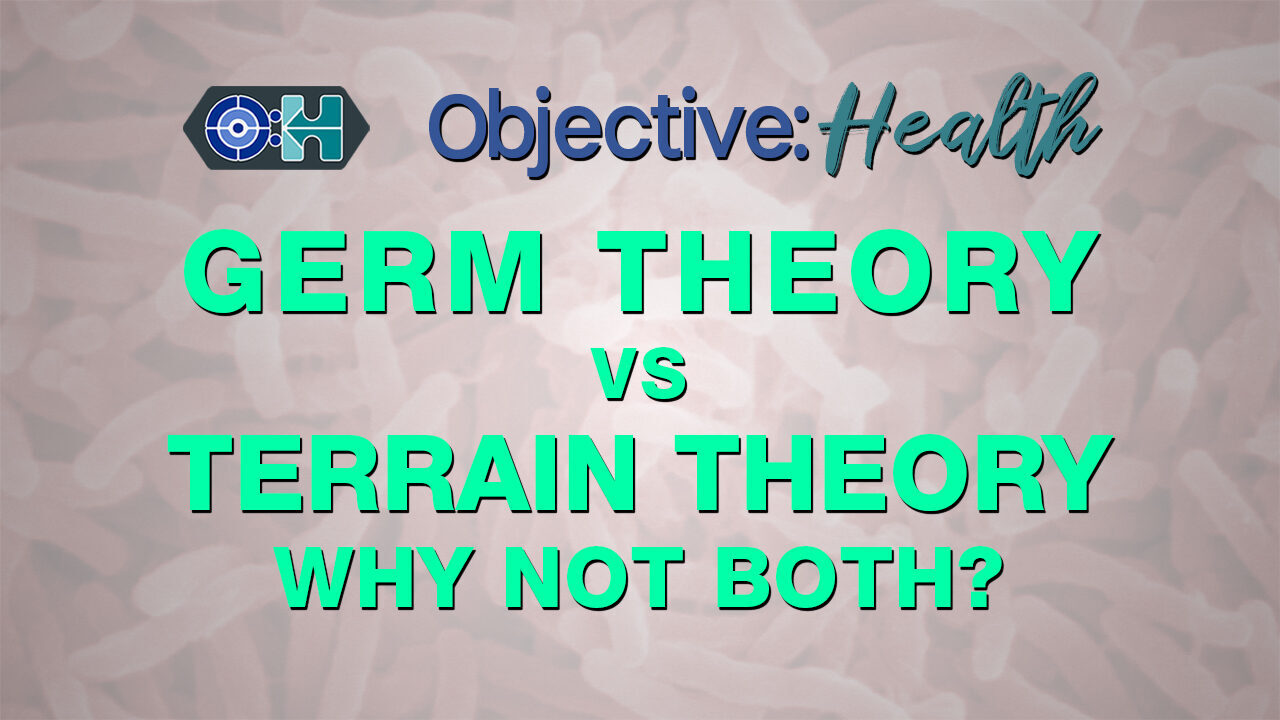Apologies for not following-up earlier - have been furiously revising my Optics material to keep myself honest (after 30 years, my memory is no-longer good enough to properly support this type of analysis!)
Hopefully folks have had an opportunity to digest the linked videos on Diffraction. It is actually one of the most profound (and profoundly underrated) areas of physics today.
But the information linked above is very generic, and we were discussing Microscopy. So, in this post I wanted to point out some of the more relevant concepts of diffraction as they apply to Microscopy...
One of the most important things to get from the above videos is that there is a relationship between the amount of diffractive effects, the wavelength of the waves, and the size of the thing that is interacting with the waves:
The closer the object "feature size" is to the wavelength of the waves interacting with it, the greater the diffractive interference in the resulting wave.
In Microscopy, this diffractive interference is felt in two main areas:
1) The illumination of the object being viewed
2) The interaction of the emerging light rays with the objective lens of the microscope
So, if we first think about the illumination of the object - there is going to be a minimum size of feature that can be conventionally illuminated, beyond which the illumination light source starts to diffract with the object itself, resulting in major interference in any image subsequently magnified.
This applies when the feature size is roughly the same order of magnitude as the wavelength being used.
The effect is felt with all three forms of illumination: transmission (light shined through the object), reflection (light bounced off the object), and luminescence (light generated by the object).
Of the three forms of illumination, when the feature size of the object is roughly the same size as the wavelength of the illuminating light, both transmission and reflection are lost causes. Before the light ever gets near to the objective lens, there is so much distortion that it becomes impossible to make out the details of the object - no matter how much the final image is magnified.
Incidentally, this is the difference between Resolution and Magnification: There is a finite amount of resolution possible in any image, and magnification cannot add more information - it just makes the information and distortion that IS there, bigger. (This is what it means when microscopes are said to be "diffraction limited".)
Now, of the illumination sources, luminescence does offer a way to get around the diffractive limits described above:
1) If we trigger the luminescence via UV radiation, the UV radiation has a smaller wavelength than visible light, and can, as a result, safely interact with smaller features without suffering as much diffractive interference.
2) Given that diffraction is the result of interference between multiple waves interacting, if we reduce the intensity of the luminescence to the point where only one visible photon is emitted at a time, and we build our image by integrating the effect of visible photons over time, we have an image with the potential for an incredible level of resolution compared to regular (high intensity) illumination methods.
This incredibly high resolution (but low intensity) image can theoretically then be magnified to much higher levels than normal - IF we are able to get past the second issue where diffraction limits the ability to see sub-microscopic features - the wavelength of the image light wave interacting with the Objective lens of the microscope...
To summarize the problem: a normal microscopic configuration utilizes a very short focal length objective lens. To make such a lens that can resolve images within its operational range, these lenses must be tiny. VERY tiny! Tiny enough that the aperture of the lens starts to diffract with visible light in the same way that the illumination wave diffracts with the object.
Now, I'm still working on the details, but it appears that while the Rife scope shared a lot of features with the best microscopes of the day, it uniquely relied on prismatic optics in the tube to (potentially) massively extend its optical length, which would reduce the amount of magnification needed in the objective lens - allowing the objective lens to have a much wider aperture than normal.
The prismatic configuration acted like the prisms used in modern compact binoculars that allow them to achieve high levels of magnification through a large objective lens without them needing to be a metre long...
To explore this adequately, I was planning to put together a series of posts that mirrored my recent deep dive into microscope optics so that we can all understand the commonalities and differences between Rife configuration and conventional optical microscopes.
I am thinking of starting with a basic revision of high-school optics, looking at how a magnifying glass works, and then extending that to a simple classical microscope (illustrating how the simplest configuration mandates a tiny objective lens). I would follow that with a deeper dive into the more advanced microscope configurations which offset that limitation somewhat by the use of "infinity" objectives that add in additional lens stages to reduce the required level of magnification in the objective - thereby increasing its maximum aperture and resolution. Finally I would compare that to the Rife configuration which, I believe, used the prisms in the tube to reduce the level of objective magnification even further - increasing the resolution limit in the objective to a point where he was able to massively magnify the low-intensity high-resolution images produced by bioluminescence.
Let me know if folks are interested in me doing this.
If we go there, and thoroughly research this, we might find that Rife was able to see resolutions that regular microscopes couldn't, or we may find that he couldn't. So far, I believe he could!
Incidentally, for viewing conventionally sized objects, the Rife scope would work just like a regular conventional microscope - just with potentially more magnification.

 From the perspective of Terrain Theory, the cold draft in your neck might 'provoke' the microzymas to act differently, maybe?
From the perspective of Terrain Theory, the cold draft in your neck might 'provoke' the microzymas to act differently, maybe?



